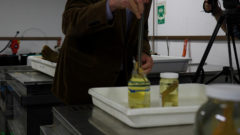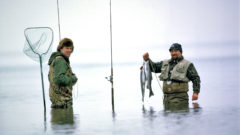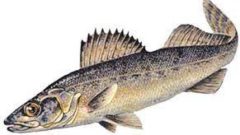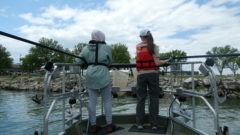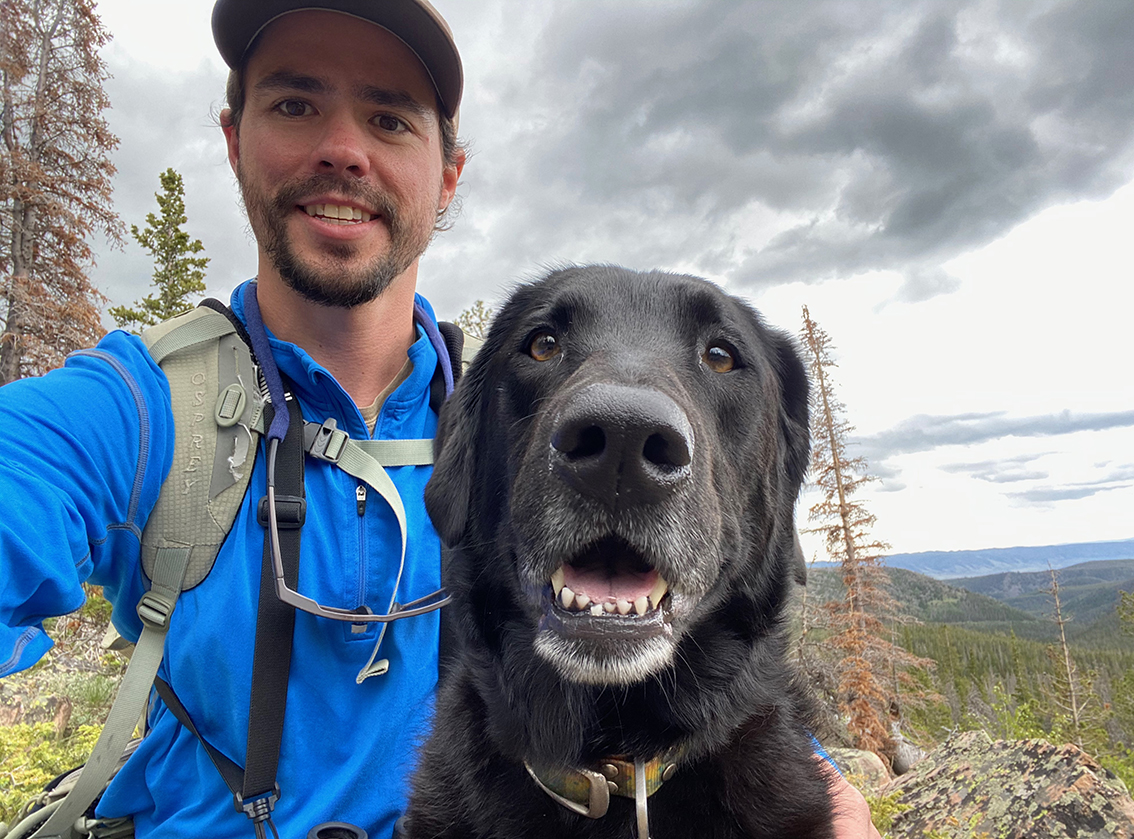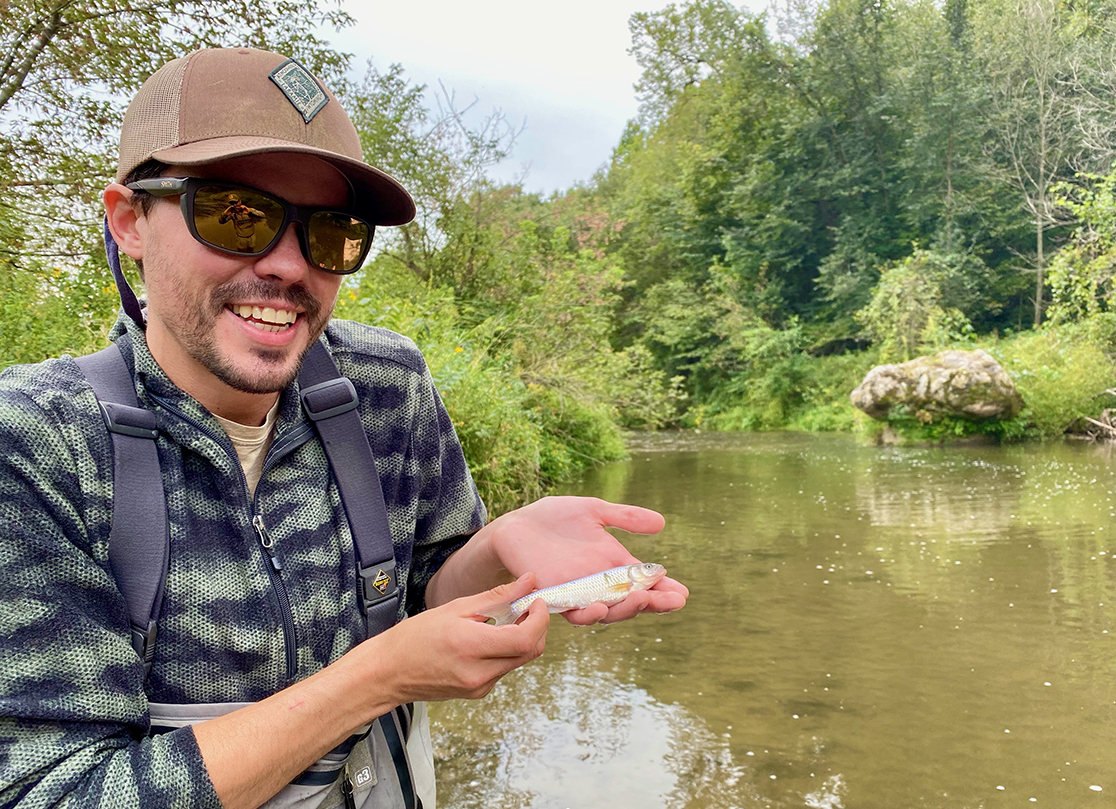“It’s a good thing”: Fishflies in Great Lakes region signify healthy water
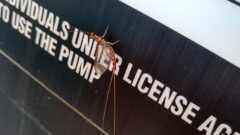
Summertime calls for good vibes, much-needed time in the sun and a creature many aren’t fans of — fishflies.
These insects are no stranger to the Great Lakes region. Fishflies, also known as mayflies, spend most of their lives in the water and are only seen on land once they enter their adult stage.
Great Lakes Now
https://www.greatlakesnow.org/2023/07/fishflies-great-lakes-signify-healthy-water/

